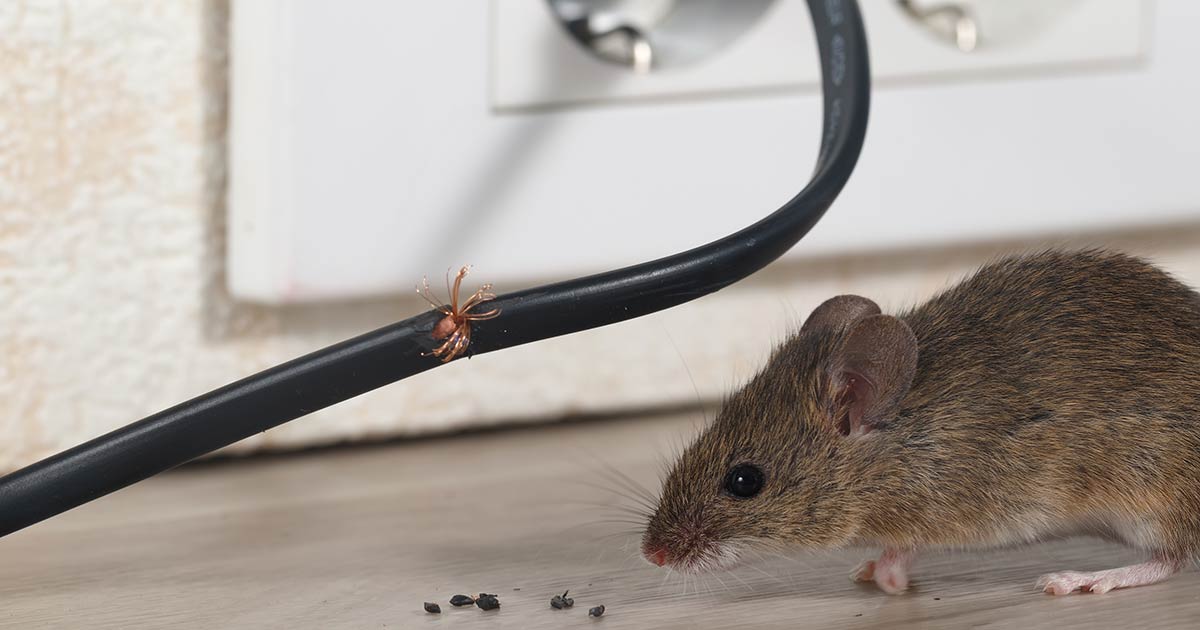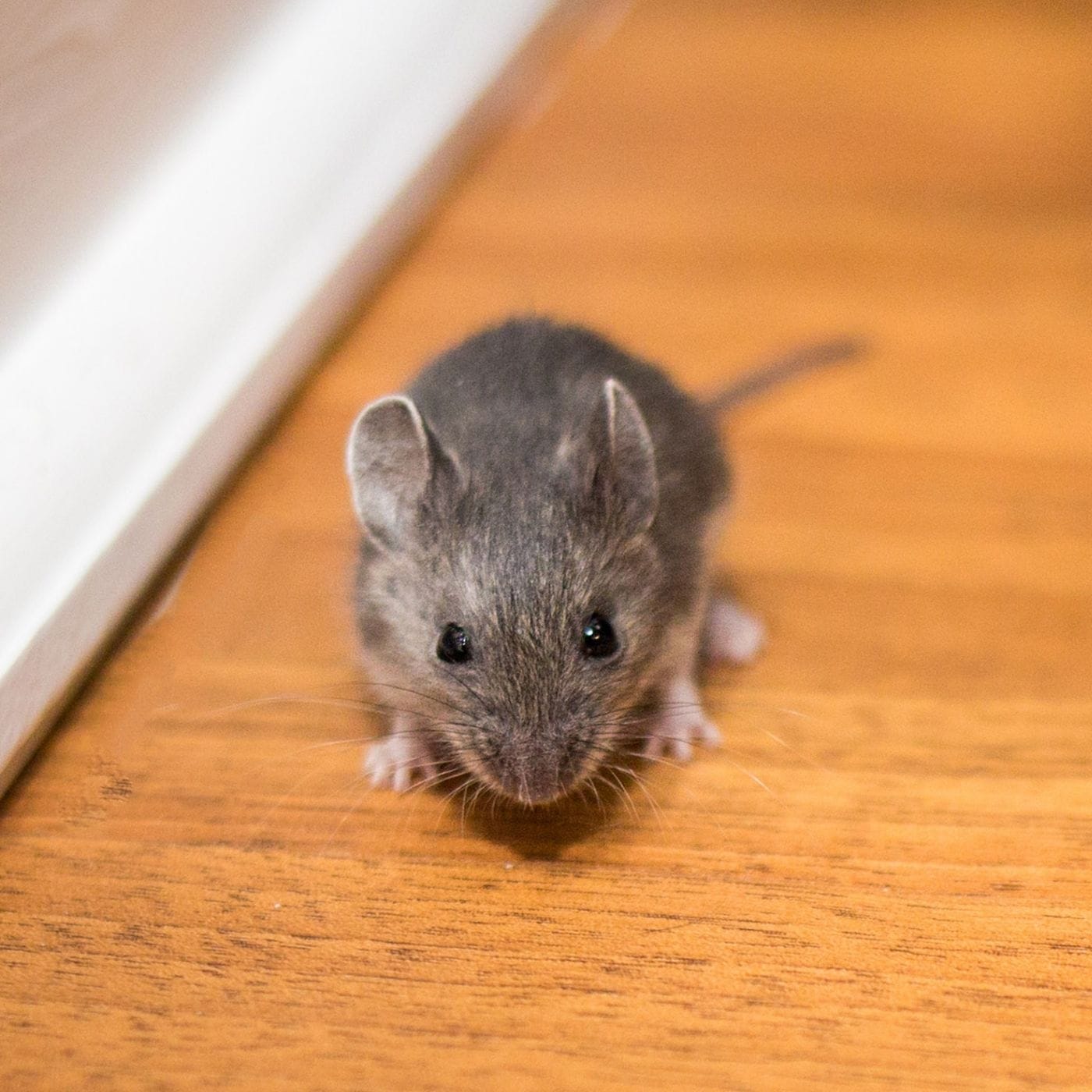Mice Removal Services in San Antonio
Pest Control Xperts delivers professional mice removal for homes, restaurants, office parks, and multi‑family communities across San Antonio. A single mouse scurrying across a kitchen floor almost always signals a larger colony nesting behind baseboards or inside attic insulation. Mice contaminate stored food, gnaw electrical wires, and shed allergens that aggravate asthma. Because the climate in south‑central Texas keeps rodents active nearly every month, a small issue can become an expensive infestation quickly. Our local exterminator team blends careful inspections, science‑based treatments, and practical prevention guidance so property owners in San Antonio as well as nearby Converse and Helotes regain a sanitary, rodent‑free environment with minimal disruption.
Why Mice Thrive in Bexar County
San Antonio straddles the warm transition zone between the Gulf Coastal Plains and the Texas Hill Country. Long hot summers and short, mild winters allow house mice and other small rodents to remain active indoors and outdoors year‑round. Afternoon thunderstorms from May through September saturate the clay soil, driving mice to climb air‑conditioning lines and squeeze through utility gaps seeking dry interior spaces. Nighttime lows rarely dip below the mid‑thirties in winter, and homes remain heated to a steady seventy degrees. Those conditions let mice breed inside wall voids through January without slowing down.
Steady urban growth supplies additional shelter and food. New subdivisions near master‑planned developments in Helotes disturb existing rodent burrows, sending mice into freshly framed homes where plastic vents and pipe chases provide easy entry. Restaurants lining the River Walk produce daily waste that draws mice to dumpsters and alley cracks, then into storage closets once doors open at dawn. Military relocation into Converse rental housing close to Randolph Air Force Base sends delivery trucks back and forth all year, giving hitchhiking mice a ride in cardboard cartons.

Seasonal Rodent Pressure
Early Spring
Rising temperatures coincide with garden planting. Seed packets and bird feed stored in garages attract pregnant females setting up nests in insulation near hot water heaters. Calls increase from neighborhoods around McAllister Park where mouse runways appear under newly installed mulch.
Hot Summer
Triple‑digit afternoons drive mice toward cooler interiors. Attic ductwork in Stone Oak two‑story homes records higher chew damage as rodents nibble condensation soaked flex lines. Restaurants along Broadway close kitchen doors briefly for deliveries, and mice dart inside for air‑conditioned refuge.
Autumn Cool Fronts
First cold wind shifts push field mice out of drainage swales bordering the Salado Creek Greenway. They follow irrigation pipes into laundry rooms of Converse duplexes. Inside downtown office buildings mice travel along phone cables between cubicles searching for vending machine crumbs.
Mild Winter
Mice remain lively inside attics above holiday storage boxes, chewing on extension cords for string lights. Hill country homes near Helotes show fresh droppings along fireplace mantels where mice follow warm masonry to living room pantries.
Common Mouse Species in San Antonio, Converse, and Helotes
House Mouse
Small, grayish brown, with large ears and tails roughly equal to body length. Able to flatten ribs and pass through openings the size of a dime. Frequently nests in kitchen range insulation, drawer voids, and behind refrigerators.
Deer Mouse
Two‑toned fur with white underside and distinctly bicolored tail. More common along rural edges near Government Canyon State Natural Area and large acreage in Helotes. Potential carriers of hantavirus though human cases remain rare in urban Bexar County.
Cotton Mouse / Field Mouse
Heavier body than house mice, occasionally invading garages, storage sheds, and feed rooms in Converse. Drawn to sacks of grain and grass seed.
Proper identification matters because dietary preferences and travel ranges differ. Pest Control Xperts confirms species during inspection, guiding bait selection and trap placement.
Health Risks and Structural Damage
- Food Contamination – Mice urinate along runways and scatter droppings in flour bins, cereal bags, and pet bowls. Contaminated items raise risk of salmonellosis.
- Allergen Spread – Dander becomes airborne through HVAC systems, provoking sneezing and asthma symptoms in sensitive residents.
- Electrical Fire Hazard – Rodents gnaw on PVC insulation around copper wire inside attic junction boxes, potentially sparking shorts.
- Water Damage – Chewing on PEX supply lines may cause hidden leaks that saturate subfloors.
- Aesthetic and Value Impact – Gnawed trim, shredded insulation, and foul odor reduce property appeal and lower appraisal values during resale.
Rapid professional intervention preserves health and property value while cutting long‑term repair costs.

Pest Control Xperts Mice Removal Process
- Full‑Property Inspection
Technicians examine attics, crawl spaces, drop ceilings, garages, and exterior perimeters. We trace grease rub marks on framing members, measure gnaw hole size, and deploy non‑toxic tracking powder where activity is suspected. Thermal imaging may reveal nests in insulation. Results appear in a digital report with photos and a diagram of entry points. - Custom Treatment Plan
- Snap and Multi‑Catch Traps – Strategic placement along wall edges, behind appliances, and atop attic joists captures high‑traffic rodents quickly.
- Tamper‑Resistant Bait Stations – Locked stations around foundations, fence lines, and dumpster enclosures reduce exterior populations and lower indoor pressure. Bait choice follows Environmental Protection Agency stewardship guidelines.
- Seal and Exclude – We install chew‑proof metal meshing in weep holes, foam copper mesh around AC refrigerant lines, and fit bristle door sweeps beneath garage doors. Attic gable vents receive hardware cloth with quarter‑inch mesh to block roofline access.
- Sanitation Adjustment – Our report lists grease removal under cooklines, grain storage upgrades in barn feed areas, and pantry bin recommendations that deter future visits.
- Follow‑Up Visits
Because mouse gestation lasts only twenty days, follow‑up within seven to ten days is crucial. We count captures, rebait stations, and inspect for new droppings. Service continues until no fresh activity appears and monitoring boards stay clear for two consecutive visits. - Long‑Term Prevention
Quarterly exterior bait checks, attic inspections each fall, and refresher exclusion assessments maintain a protective barrier. Clients receive seasonal reminder emails highlighting local weather shifts that raise rodent pressure.
Service Advantages in Specific Communities
Downtown San Antonio
Restaurants along the River Walk operate late hours. We schedule twilight service to access kitchens after closing, using quiet snap devices that avoid disturbing diners still strolling the promenade.
Converse
Slab‑on‑grade homes near Randolph often feature utility penetrations left unsealed by builders. Our team specializes in retrofitting stainless entry covers without altering exterior aesthetics and offers Saturday visits to accommodate military duty schedules.
Helotes
Hill country residences include detached casitas and workshops. Field mice enter through double‑swing shed doors. We provide barn‑safe bait formulations, inspect hay storage, and advise on wildlife proof grain bins to protect feed from rodent contamination.

Why Choose Pest Control Xperts
- Local Expertise
Our technicians live in Bexar County and understand soil types, wildlife corridors, and weather patterns influencing mouse movement through the Mission Reach or the limestone outcrops northwest of Loop One sixty. - Integrated Methods
Combining mechanical trapping, targeted baiting, and physical exclusion delivers sustainable results rather than temporary population dips. - Clear Communication
Digital portals track capture numbers, map sealed gaps, and document sanitation improvements so owners and property managers stay informed. - Responsible Treatment
We follow the Centers for Disease Control sanitation guidelines and Environmental Protection Agency rodenticide best practices for safety around pets and non‑target wildlife. - Flexible Scheduling
Evening, early morning, and weekend appointments ensure minimal disruption to restaurant service, clinic hours, or family routines.
Everyday Prevention Tips for Residents and Businesses
- Store pet food and bird seed in metal or thick plastic bins with gasket lids rather than open sacks.
- Sweep kitchen and pantry floors nightly and wipe counters to remove crumbs and grease.
- Remove cardboard piles from storage rooms and replace them with plastic totes.
- Trim tree limbs so none touch roof eaves, blocking aerial highways for roof‑exploring mice.
- Keep grass clipped and vegetation at least one foot from foundation walls to reduce sheltering zones.
- Install weatherstripping under exterior doors; if sunlight is visible below a door, mice can enter.
- Check attic and crawl space vents twice a year for loose screens or chew marks.
- Secure trash lids and position garbage bins away from back doors to reduce odor lure.
- Fix dripping outdoor faucets and AC condensate lines, removing constant water sources.
- Schedule an annual professional inspection even if no mice are currently apparent because early discovery is cheapest to resolve.
Following these practices alongside a professional service relationship dramatically lowers the likelihood of repeat infestations.
Contact Us Today
Mice place families, pets, and businesses at risk when they move indoors, but swift, informed action removes the threat. Pest Control Xperts stands ready with comprehensive mice removal for San Antonio, Converse, and Helotes. Our exterminator team inspects thoroughly, seals every practical entry, captures active rodents, and guides you through tailored prevention steps suited to the South Texas climate. Contact us today to schedule an on‑site evaluation or enroll in a proactive maintenance plan that keeps your home, restaurant, or office permanently free of mice every season of the year.
